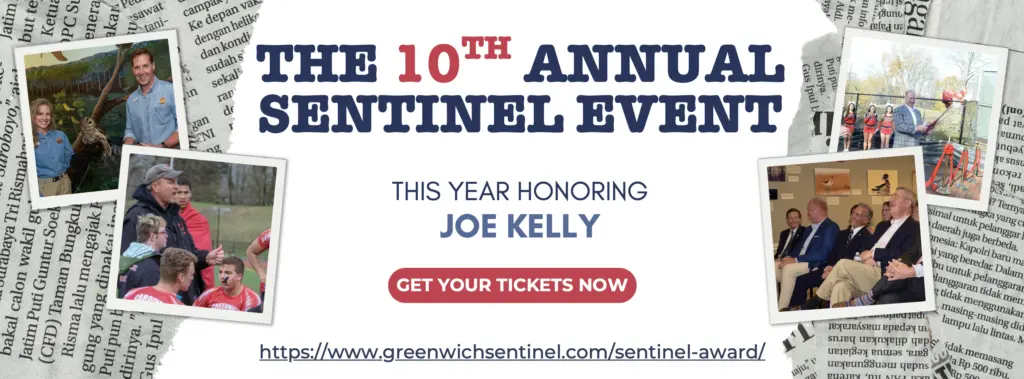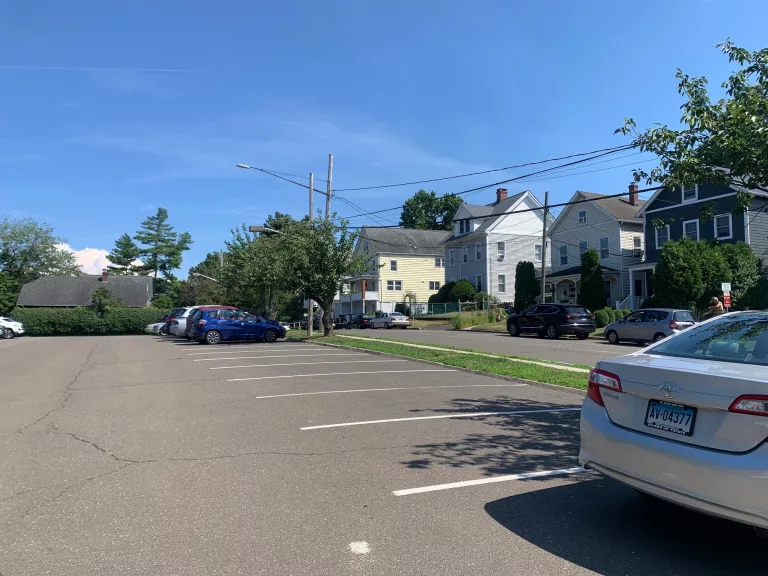By Bob Shullman
At the Retired Men’s Association (RMA) of Greenwich’s meeting on Wednesday, June 15, Arnold Gordon introduced Jim Knox and Carolyn Rinaldi from Connecticut’s Beardsley Zoo who spent the next hour giving a very informative presentation entitled “Zoonotic Diseases: What We Need to Know to Keep Ourselves and Our Animals Safe.” Jim Knox serves as the Curator of Education for Connecticut’s Beardsley Zoo where he directs educational programming and conducts field conservation for this AZA-accredited institution. Jim is a graduate of Cornell University where he studied Animal Science and Applied Economics. He has conducted field research on Alaskan Grizzly Bears, field conservation for Atlantic Salmon and written for the U.S. Fish and Wildlife Service and for Natural History magazine. Jim also writes a column, Wildly Successful, for The Greenwich Sentinel and is proud to serve as a Science Advisor to The Bruce Museum. Carolyn Rinaldi is Jim’s colleague and the Associate Curator of Eduction at the Beardsley Zoo. Carolyn is a graduate of the University of Connecticut, Magna Cum Laude, Phi Beta Kappa, where she studied Cultural Anthropology and Archaeology.
Jim started the presentation, which included 27 well-designed slides, by discussing what caused the 1347 Black Plague that killed about 50% to 60% of those alive at the time. Just as has occurred with today’s Covid pandemic, an animal, in this instance a rat, transferred some bacteria to some humans who unfortunately were also sickened by a lung ailment. The Black Death plague then spread all over Europe and Asia. Today the source of the Covid 19 pandemic that has killed millions of people in the past two years again is believed to have been an animal. This time it is believed to have been a horseshoe bat.
Jim then discussed how about 75% of all new diseases that humans encounter have originated with animals. Many experts in many fields are currently working on discovering the antidotes to that diseases that animals develop to prevent them from getting sick so humans can then also avoid contracting the very harmful diseases that many animals carry. Jim continued by discussing in some detail what experts at Georgetown University, Stanford and UConn are currently doing to explore ways to combat diseases and predict what new diseases may emerge that will affect us in the future. A major system that the United States Centers for Disease Control and Prevention has established to assist the scientific community coordinate, communicate and collaborate is ZOHU Call, a digital system that provides those in the scientific and health communities involved in addressing animal and wildlife diseases with a way to share what they are doing, learning and achieving.
The big factor that is unfortunately helping to spread diseases around the world so quickly is the same thing that provides so much enjoyment to consumers, the travel industry and today’s globally connected air and sea transport system. Jim went on to discuss how humans, animals/wildlife and the environment in which we live are all linked together. He then discussed the five different ways animal and wildlife diseases spread to humans: direct contact, indirect contact, vector-borne, foodborne and waterborne.
Before Carolyn and Jim moved on to answering some questions from the members at the meeting, Jim ended their presentation by summarizing what we can do to address zoonotic diseases, animal and wildlife diseases that are currently impacting humans and may potentially do so in the future. For those interested in seeing the full presentation, go to the RMA website and click on the video at https://vimeo.com/user9053619/videos.
The RMA’s next presentation will be by Frank McGinnis, a Retired McKinsey consultant and currently a physical trainer at the Greenwich YMCA, and is entitled: “Resistance Training and the Critical Role of Muscle in Aging”. This presentation will occur on June 23 at 11:00 a.m. at the First Presbyterian Church in Greenwich as well as on webinar at: https://bit.ly/30lBj21
RMA speaker presentations are presented as a community service at no cost to in-person or Zoom attendees. The RMA does request that all eligible individuals consider becoming a member of our great organization, and thereby enjoy all the available fellowship, volunteer and community service opportunities that the RMA offers to its members. For further information, visit www.greenwichrma.org or contact Joe Mancinelli (mailto:jlmanc@optonline.net) or Peter Stern (mailto:members@greenwichrma.org).





